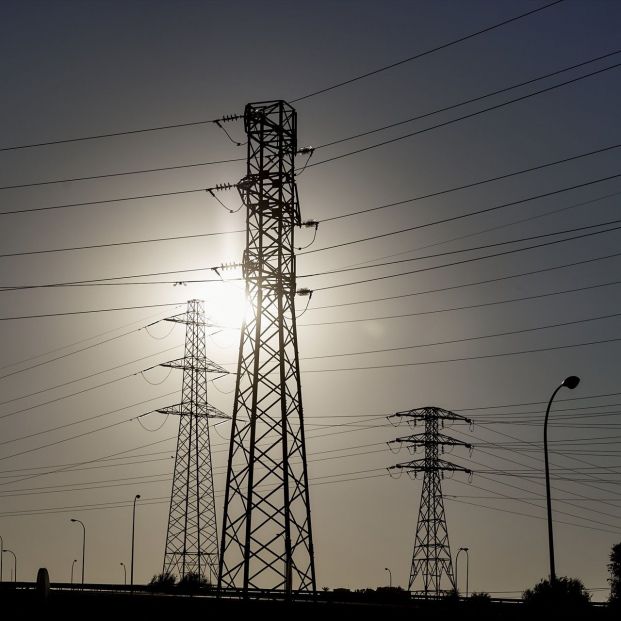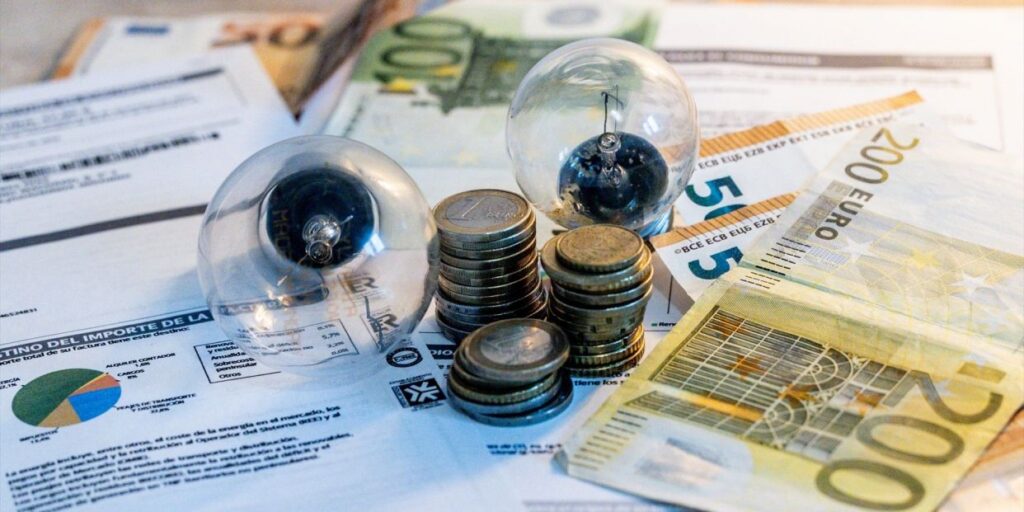Since this October 1, 2025, the wholesale electricity market has released a new method of calculating the price of light, which is known as the fourth-corical negotiation, according to data from. Iberian energy market operator (OMIE). This means that Electricity prices stop calculating for full hours and will be established every 15 minutes. In this way, from now on, instead of 24 sections with different prices for each day, there will be 96 sections, depending on the price that has been reached in the wholesale market.
This change responds to A European demand to harmonize the continent markets and provide greater flexibility to a system more dependent on renewables. The change of the market time unit (MTU) at 15 minutes at the ‘spot’ auctions of single -day coupled energy marks an important step in the evolution of European energy markets under the regulation of assigning capacity and management of congestion. The good news is that, it will not only affect domestic consumers, “at least for the moment,” as they point out from the organization of consumers and users (@Consumnores) who details the main aspects of this change, which will affect the industry.

The industry, the main affected
This measure, with which there will be four different prices every hour, will effectively have an application immediately to who have a power greater than 50 kilowatts (kW)the industry mainly. Thus, the impact of the change in price billing per hour at prices per quarter of an hour will depend on the type of contract and accountant that each consumer has. This will be especially beneficial for companies that can program their consumption based on these price changes.
“Companies that consume more than 50 kW usually have type 1, 2 or 3 counters. These counters are designed to register consumption in intervals of 15 minutes (quarter of an hour). This means that the company’s billing will be based on the real price of energy in each of those 15 minutes, “says Selectra’s deputy director(@Selectra_es) And energy expert, Borja Osta to Europa Press. “For example, instead of recommending a company that turns on its air conditioning system at 7.00 in the morning because the price is low between 7.00 and 8.00, it can now be adjusted more accurately if it is known that the most economical price is 7.45 to 8.00,” he adds.

Resiencial consumers will not notice a big difference
However, in the case of residential customers, who are in the indexed market, as well as others with a contracted power equal to or less than 50 kW, they generally have type 4 or 5 counters, who do not have the ability to measure consumption in intervals of 15 minutes. In this way, Osta considered that residential consumers will not notice a big difference in their invoices, “since its current counters cannot break down consumption in hours of time”.
“The accountant will register total consumption within each hour and apply an average price. This means that There is no impact if the washing machine puts at 7.15 or 7,45, Because the consumption will be billed as if it had occurred at some point between 7.00 and 8.00, “he said. In this way, he estimated that the change for the residential consumer is still distant, since at the end of 2019 it was when the counters were changed to intelligent accountants, so changing those 28 million accountants again to be able to reflect consumption for each quarter of an hour is” unusable. “

Will we pay more with prices every 15 minutes?
Also from the OCU, they confirm that the fact that prices are calculated for hours of an hour “It doesn’t mean you are going to pay more or less. “ What changes is the way of measuring and reflecting the reality of an increasingly dynamic electrical system. “As domestic counters have no capacity to measure fourth schedules, it is The time when marketers offer rates with that level of detail is still far away. In other countries, there are already installed equipment that meets this requirement of fourth-horary measures. “
“Households with photovoltaic panels could be the most affected in the future If counters are implemented that record consumptions every 15 minutes, since the net balance sheet system currently calculated time by time, could be done in periods of only 15 minutes, “they remember.


